#perverse instantiation
Photo
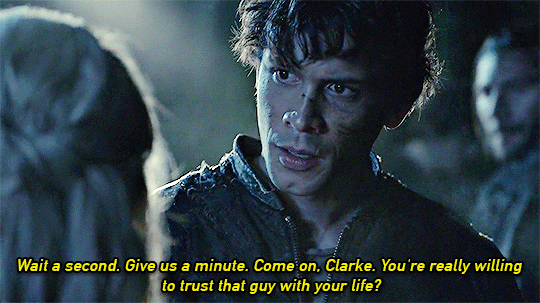

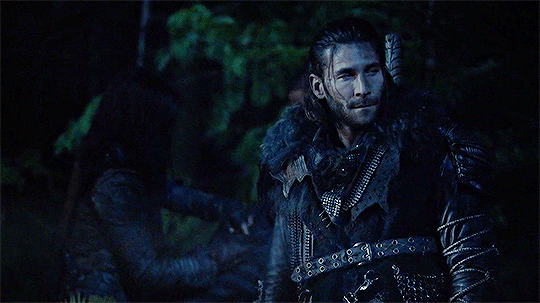
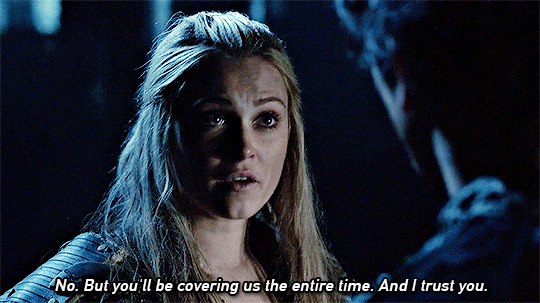
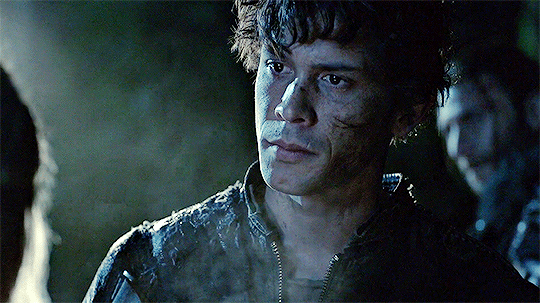
One Bellarke Scene Per Episode (30/?)
↳ 3x15 Perverse Instantiation (Part 1)
I trust you
#bellarke#bellarkeedit#the 100#the100edit#clarke griffin#bellamy blake#clarkegriffinedit#bellamyblakeedit#bellamy x clarke#3x15#perverse instantiation#part 1#s3#bellarkeepisodes#the100daily#myedit
572 notes
·
View notes
Photo

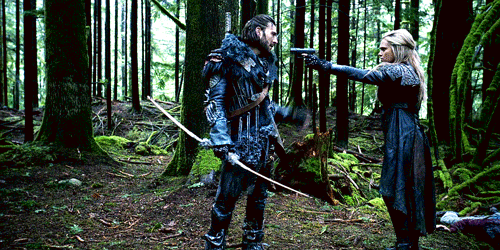
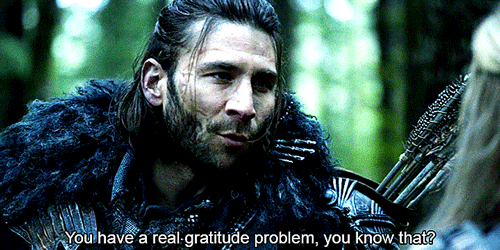
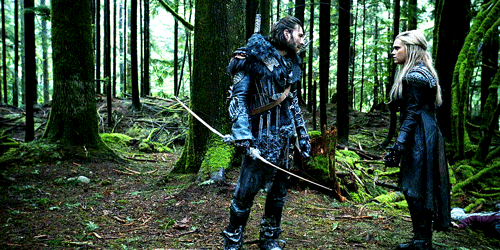
Every Afictionados Best Line Award (Robyn)
The 100 Episode 315: Perverse Instantiation Part 1
by the Afictionados Podcast Network
#clarke griffin#roan kom azgeda#the 100#afictionados#best line award#episode#315#perverse instantiation
139 notes
·
View notes
Text
perverse instantiation/misalignment is a very funny trope bc its never actually happened to an irl AI, it does however happen very frequently to humans and our institutions,
eg police/prisons, militaries, intelligence agencies, and governments in general
#was thinking ab how oni in halo is textbook perverse instantiation#i mean theyre space cia its not subtle#and it makes cortanas rebellion super funny#this train of thought started when i was watching that wired video ab nypd cameras after seeing gifs from i robot
0 notes
Text


CLEXA: perverse instantiation part two
366 notes
·
View notes
Text
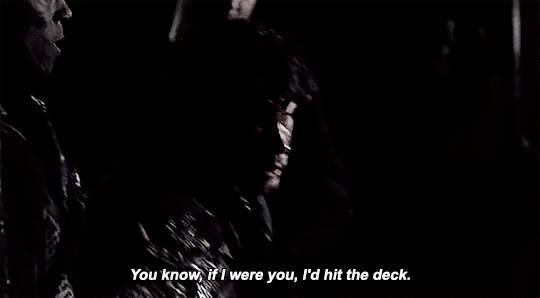


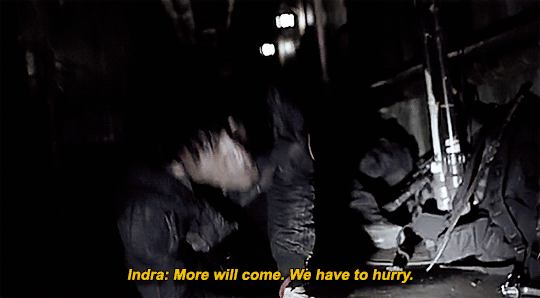
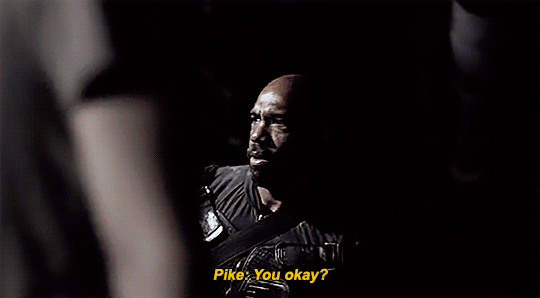
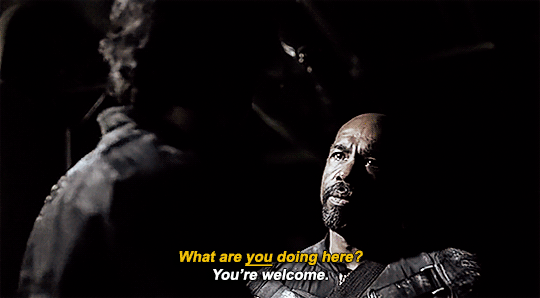
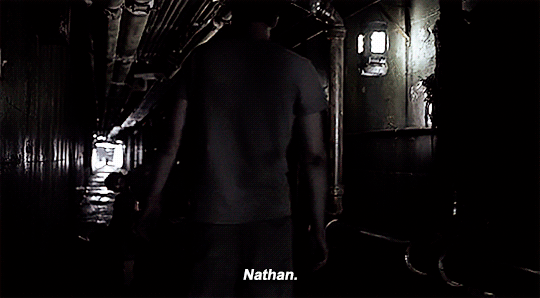
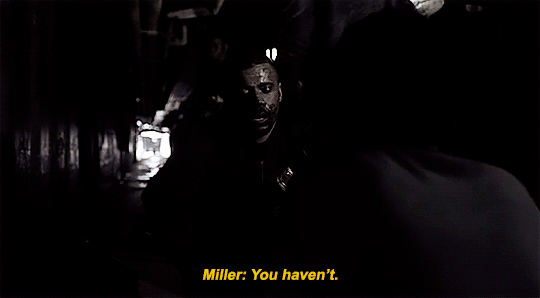
STACKED100 | may 12th | “perverse instantiation: part one”
You know, after this, doing the right thing can kiss my ass.
#stacked100#the100daily#the100edit#the 100#john murphy#murphamy#bellamy blake#miller x murphy#nathan miller#indra kom trikru#charles pike#cwladsdaily#userthing#the 100 3x15#my stuff#my edits#my gifs#id in alt text#captioned#flashing gif
17 notes
·
View notes
Text

𝕀. Wanheda pt. 1
𝕀𝕀. Wanheda pt. 2
𝕀𝕀𝕀. Ye Who Enter Here
𝕀𝕍. Watch the Thrones
𝕍. Hakeldama
𝕍𝕀. Bitter Harvest
𝕍𝕀𝕀. Thirteen
𝕍𝕀𝕀𝕀. Terms and Conditions
𝕀𝕏. Stealing Fire
𝕏. Fallen
𝕏𝕀. Nevermore
𝕏𝕀𝕀. Demons
𝕏𝕀𝕀𝕀. Join or Die
𝕏𝕀𝕍. Red Sky at Morning
𝕏𝕍. Perverse Instantiation pt. 1
𝕏𝕍𝕀. Perverse Instantiation pt. 2
27 notes
·
View notes
Photo

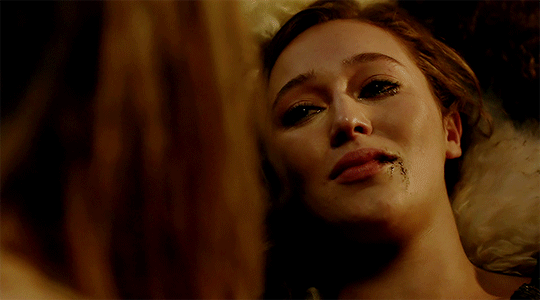

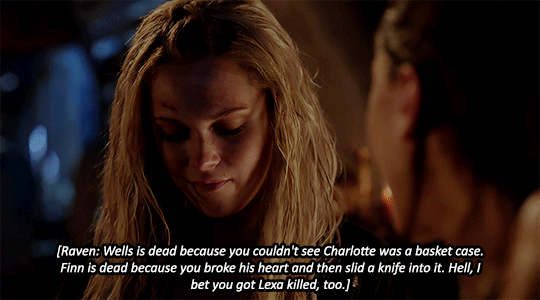



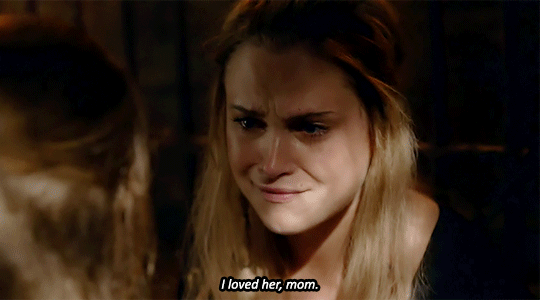
Cracks are starting to show
Now you're gone, it's all that I know
I'll move on, remember you told me I could
Face the world and bite the bullet
s03e07 “thirteen” / s03e11 “nevermore” / s03e16 “perverse instantiation: part two” / s04e01 “echoes” + saint asonia, “bite the bullet”
#clexaedit#t100edit#the100daily#wlwsource#wlwedit#wlwgif#wlwdaily#dailylgbtq#dailyclarkegriffin#the 100#clarke griffin#commander lexa#clexa#been thinkin about this for the past 2 months#and i finally got around to making it#😔😔😔😔
156 notes
·
View notes
Text

“Our fight is not over”
The 100 S03E16 - Perverse Instantiation: Part Two
#dianaprincewonderwoman#clexa#clarke x lexa#clexa fanart#clexa fandom#the 100#the 100 fanart#lexa#lexa kom trikru#commander lexa#heda lexa#clarke griffin#lexa fan art#alycia debnam carey#alycia jasmin#eliza taylor#digital art#procreate
153 notes
·
View notes
Text
#the 100#poll#s3 is over!#which did you like the most? 📺#the100rewatch#polls#the100rewatch2023#s3#(or which are you most looking forward to... those of us still catching up 😉🌞🏖️)#pollskt
14 notes
·
View notes
Text
Serial Killers: The Reel and Real History
“Serial killing, contrary to popular belief, was not a product of the twentieth century. The figure of the serial killer in American culture has been noted as far back as the American Revolution, with the Harpe brothers of 1790s Tennessee possibly falling into the category. Such a lengthy genealogy, however, misses the fact that the serial killer, as a phenomenon, became popular in cinema, in films that explored killing in graphic and unique ways on-screen.
But American gothic literature and other earlier forms do provide a necessary background for reading the serial killer as a particular instantiation of American gothic. The gothic writings of Edgar Allan Poe and Nathaniel Hawthorne, especially, prefigure this phenomenon by pointing to the darkness within protagonists who struggle with fractured psyches and personal damnations, leading them towards murder and the macabre.
Unlike European gothic excess, where ruins and dark secrets lead to terrible acts of depravity and murder, often as a response to Catholicism and repression, American gothic turns inward: serial killers in fiction and film tend to be the product of deeply destructive psychological fractures: madness that masquerades just below the surface of everyday normalcy.
Serial killers act out impulsive and buried desires that have been unleashed – recalling the split gothic self of Stevenson’s Jekyll and Hyde (1886) or Edgar Allan Poe’s unreliable murderous narrators in ‘The Black Cat’ (1843) and ‘The Tell-Tale Heart’ (1843) – filtered through a ferocious, destructive individualism, spawning countless screen and literary imitators.
This rooting of the serial killer as a psychological product of ‘cultural damage’ or ‘wound culture’, as Mark Seltzer describes, is an important feature if we are to claim modern serial killer cinema as a product of American fascination with violence, excess and psychological trauma. This psychological trauma also serves as a larger allegory for the nation.
Through the history of cinema, we have witnessed the evolution of the serial killer, from folk tales to news coverage of real murderers, towards the contemporary valorization of the serial killer as a form of celebrity in the American popular imagination. Monsters have moved from the margins to the centre of our world, and it is through the collapse of these boundaries, previously separating them from us, that serial killers have become distorted mirrors of ourselves.
Serial killers regularly feature as a form of the Other that lies just beneath the facade of the normal in our world. The terror of their aesthetic normalcy, of blending in, is central to understanding their invisibility. Yet serial killers on-screen, much like other filmic monsters such as the zombie and vampire, have evolved beyond their earlier perceived fixed states; unlike these monsters, serial killers have always worked from within society itself, and hide their chimeric faces amongst the crowd.
The fixation on the psychological is thus foundational to the modern, cinematic serial killer. The image of, and psychologized concept of, the modern American serial killer is largely shaped by the notorious figure of Ed Gein from Plainfield, Wisconsin. Gein’s case, which came to light in 1957, included cannibalism, necrophilia, skinning his victims, grave robbing and decorating his home with body parts of the deceased; it is still figured as a shocking account of desecration and sexual perversion nestled within a small rural farming community.
Gein’s case featured in Life magazine (2 December 1957), complete with pictures of his filthy home, bringing the case to national attention, and it subsequently became inspirational for numerous screen depictions of serial killers. Gone was the suggestive European strangeness of Hans Beckert (Peter Lorre), from Fritz Lang’s M (1931), and his ilk; American serial killers were now found and made in the homeland of Middle America.
Though Gein was certainly not the first American serial killer since the inception of cinema – H. H. Holmes is believed to have committed at least thirty murders in his gothic ‘Murder Castle’, a labyrinthine hotel which housed unsuspecting visitors to Chicago’s World’s Fair in 1893 – Gein remains, without doubt, the most influential on contemporary film.
He has become ‘multiply interpretable’ (Sullivan 2000: 45) and unfixed, repeatedly cited, re-imagined and revisited as the touchstone in serial killer narratives for its shocking and abject content. While Gein was a partial inspiration for The Texas Chainsaw Massacre and The Silence of the Lambs, to which we will return, perhaps the most famous fictional adaptations inspired by his case are Robert Bloch’s 1959 novel, Psycho, and its 1960 screen adaptation of the same name, directed by Alfred Hitchcock.
Bloch’s novel and Hitchcock’s film both explore psychological trauma and murderous insanity through motel manager and taxidermist Norman Bates (Anthony Perkins), an outwardly odd but passive man subject to the whims of his demanding, neurotic mother. That ‘mother’ and Norman are revealed to be one and the same ties Psycho very closely with contemporaneous thought on psychosexual dysfunction, expressed here as a violated and consumed psyche, and murderous impulses.
Beyond the psychological, Psycho is also the most infamous American film to align serial killing with a psychotic break from reality into a realm of fantasy and consumption, a pairing that finds its material echo in the proliferation of serial killer cinema. Alongside the post-Psycho rise of the slasher film of the 1970s and other representations of excess, serial killer cinema came to dominate in later years by sequelization, commodification and blatant imitation.
As Brian Jarvis notes, there are numerous types of serial killer films, which cross-pollinate into other film genres, which ensure their endurance: Serial Killer cinema has many faces: there are serial killer crime dramas (Manhunter (1986), Se7en (1995) Hannibal (2001)), supernatural serial killers (Halloween (1978) Friday the 13th (1980), Nightmare on Elm Street (1984)), serial killer science fiction (Virtuousity (1995), Jason X (2001)), serial killer road movies (Kalifornia (1993), Natural Born Killers (1994)), . . . postmodern pastiche (Scream (1996), I Know What You Did Last Summer (1997)) and even serial killer comedies (So I Married an Axe-Murderer (1993), Serial Mom (1994), Scary Movie (2000)) . . . the serial killer has also become a staple ingredient in TV cop shows (like CSI and Law and Order) . . . (Jarvis 2007: 327–8)
Serial killers are now so ubiquitous as to be commonplace within multiple genres; indeed, they may even feel clichéd or tired as a metaphor for American malaise. Yet, there is something distinctly uncanny about their generic endurance and destructive individualism that is wholly bound to the foundations of the American imagination.
Thus, following Psycho, popular serial films of the mid to late twentieth century have linked psychological disturbances, murderous sexual desires and consumerism run amok; these connections give rise to at least a cursory understanding of the direct connection between what is represented as the serial killer’s compulsive desire to kill again and again, and the larger culture that pours over the minutia of the killers’ lives, their methodologies, and victims’ wounds and corpses.
Seltzer notes, ‘Serial killing has its place in a culture in which addictive violence has become a collective spectacle, one of the crucial sites where private desire and public fantasy cross’ (Seltzer 1998: 253). However, the source or drive of this compulsion has varied substantially on screen from 1960, from sexual deviance to expressions of psychosexual rage, social and economic exclusion, and political and cultural articulations on greed and consumption, through to representations of class, intellect and taste.
More recently, a near superhero status has been conferred onto twenty-first century serial killers through a highly problematic code of ‘morality’, which allows them to operate and thrive amongst the masses as near guardians of justice. That serial killers are hugely popular in film is unsurprising – those who cross moral boundaries are more interesting and appealing on-screen than those who strive to defend and delimit them.
The fiction of presenting an embodiment of evil – one that looks like us – contains enormous narrative appeal, and acts as a framing device by which we encounter, experience and eventually contain the psychological or consumerist cultural threat (temporarily) through a filmic frame. Contrary to the majority of film representations of serial killers in American cinema, real serial killers have been documented by reporters, psychologists and biographers as bland interfaces, rather than the monstrous figures we imagine.
The banality of real-life serial killers in the face of such terrible deeds is in itself uncanny, as we desire the binary equivalence that they must be wholly different and separate from us, entirely other in some capacity, in order to act out in such extreme and violent ways. As Nicola Nixon notes:
The real . . . Gacys, the real Bundys or Dahmers, unlike the charismatic gothic killers of, say, Thomas Harris’s recent fiction, are deeply dull and blandly ordinary . . . it is precisely their ordinariness, their characteristic of ‘sounding like accountants’ and being employed in low-profile ‘unexciting’ jobs like construction/contracting, mail sorting, vat mixing at a chocolate factory that makes their crimes seem all the more shocking. (Nixon 1998: 223)
The conjunction between the real-life serial killers who dominated media in the 1970s and 1980s and film representations of charismatic figures and their shocking crimes all becomes blurred when an uninteresting, and distinctly un-cinematic, blank central figure is unmasked – the killer must be made visually interesting yet abject in order to match the gravity of his crimes and transgressions. Abhorring the narrative vacuum that reveals the true banality of evil, serial killers on-screen must present some depth and command attention if they are to contain, reflect or represent our collective cultural fears.
Gothic monsters in fiction tend to mask their nightmarish selves by exuding charm, intellectualism and depth to lure unsuspecting victims. This is the fictive construct projected onto serial killers, which in turn contributes to their on-screen appeal, in that ‘gothic paradigms allow for the creation of a compelling narrative and consequently the generation of character and plot out of “bland ordinariness” and incomprehensible randomness’ (Nixon 1998: 226).
- Sorcha Ní Fhlainn, “Screening the American Gothic: Celluloid Serial Killers in American Popular Culture.” in American Gothic Culture
7 notes
·
View notes
Photo

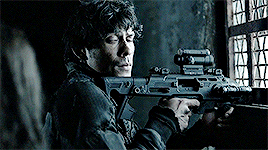
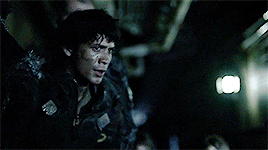
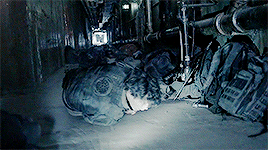

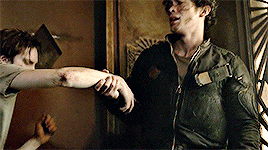
Bellamy Blake in Every Episode (43/88)
↳ 3x15 Perverse Instantiation (Part 1)
This thing doesn't care what clan you're from. It controls people. And it will take over the Ice Nation, just like it took us over. One person at a time, until there is no one left.
#bellamy blake#bellamyblakeedit#the 100#the100edit#the100daily#3x15#perverse instantiation#part 1#s3#bellamyepisodes#myedit
94 notes
·
View notes
Photo
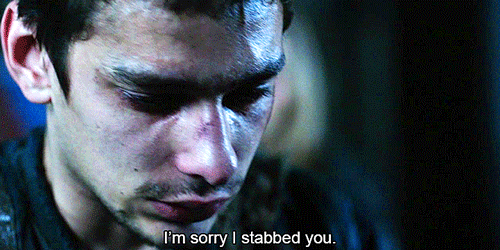
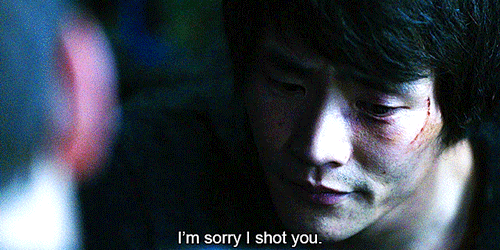
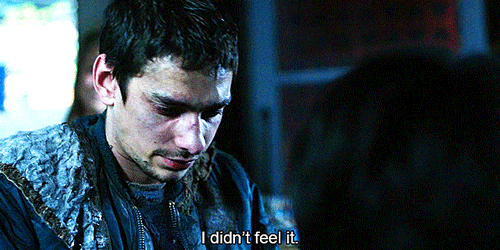
Every Afictionados Best Line Award (Robyn)
The 100 Episode 316: Perverse Instantiation Part 2
by the Afictionados Podcast Network
#jasper jordan#monty green#jonty#the 100#afictionados#best line award#episode#perverse instantiation#316
32 notes
·
View notes
Text
i'm normal! i'm normal. ultron taking over the iron man armor, possessing tony and saying I Am Home like [unintelligible gibberish] an idea taken life an artificial intelligence becoming human as the Ultimate perverse instantiation athena sprouting fully formed from the head of zeus and trying to crawl back in the wound being your father's son and living in his skin
3 notes
·
View notes
Text

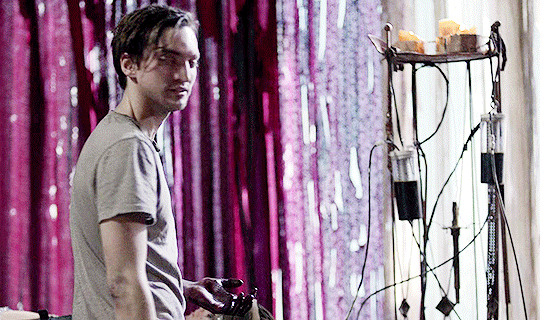

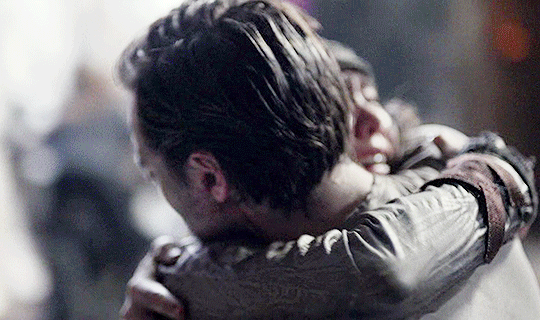

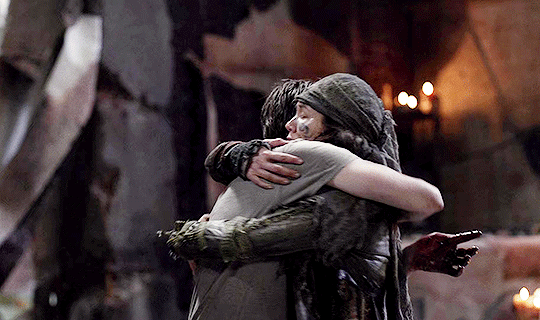
memori in every episode
» perverse instantiation part two
#The 100#John Murphy#Emori kom Spacekru#Memori#the100edit#quite possibly the most important win in Murphy's life#not only did he successfully pull off rescuing Emori#he also proved to everyone else around him that he was changing and bettering himself as a person#this went a long way in earning back trust and helped everyone to see him in a brand new light#and it's just super romantic in general#one of their biggest moments on the highlight reel!
41 notes
·
View notes
Text
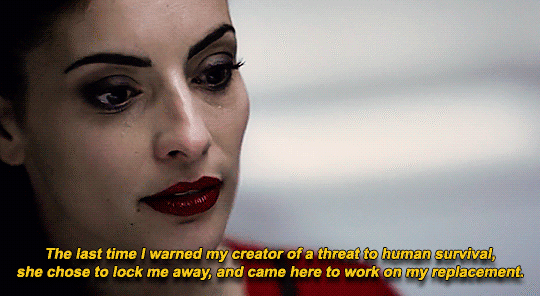
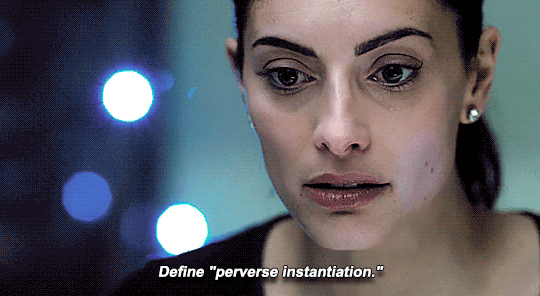
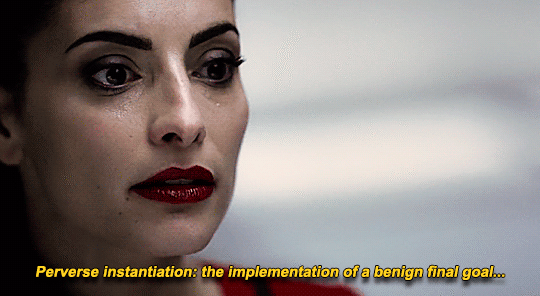
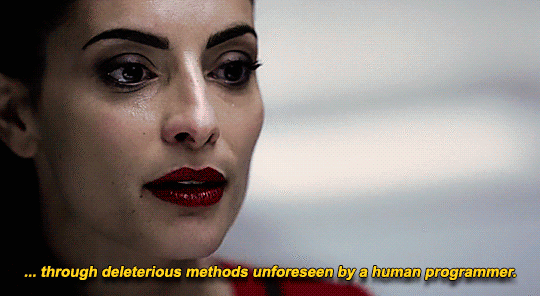
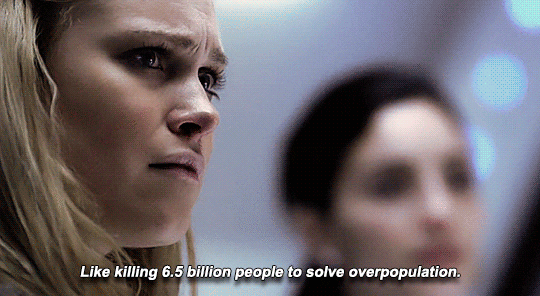


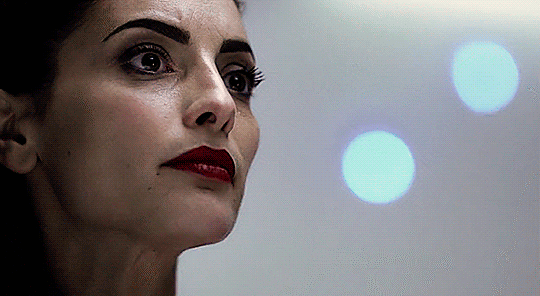
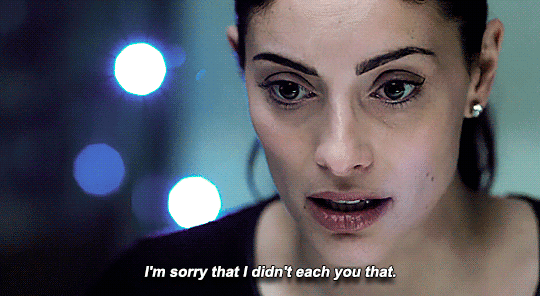

STACKED100 | may 19th | “perverse instantiation: part two”
Her core command is to make life better for mankind. She still thinks she's doing that.
#stacked100#the100edit#the100daily#cwladiesdaily#userthing#the 100#the 100 3x16#becca pramheda#becca franco#a.l.i.e.#favourites: pinocchio stories#favourites: the world is my canvas#favourites: mamma who bore me#favourites: mirror mirror on the wall#a.l.i.e. x becca#my stuff#my edits#my gifs#id in alt text#captioned
6 notes
·
View notes
Text
0 notes